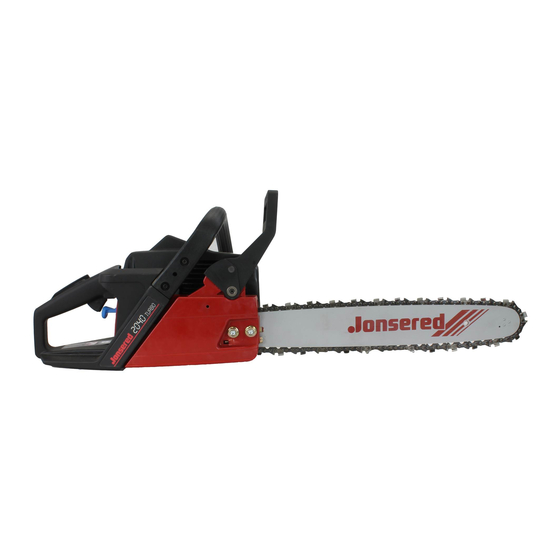
Table of Contents
Advertisement
Quick Links
Workshop Manual
Chain Saws
Contents
General recommendations
1. Safety equipment
2. Starter unit
3. Electrical system
4. Fuel system
5. Centrifugal clutch
6. Lubrication system
7. Cylinder and piston
8. Crankshaft and crankcase
9. Tools
10. Technical data
This manual covers models:
2041/2045/2050
2036/2040
2054/2055
625/630/670
2077/2083
2095
2
3
17
23
35
55
65
77
93
115
127
1
Advertisement
Chapters
Table of Contents














Need help?
Do you have a question about the 2036 and is the answer not in the manual?
Questions and answers